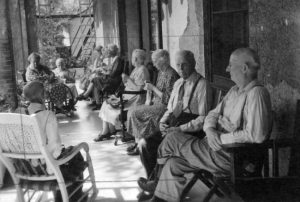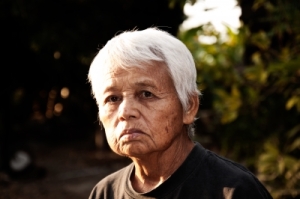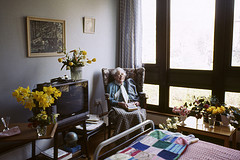 According to a recent report from U.S. News & World Report, nursing homes in California, including in San Diego, may rank better than facilities in other parts of the country. However, just because a nursing home makes the list for having the highest number of high-quality nursing homes, according to a recent article in Senior Housing News, that fact alone does not necessarily correspond to the state having a particularly high percentage of high-quality facilities. If you have a loved one who currently resides in a nursing home in Southern California, or if your aging parent soon may be moving into an assisted-living facility, it is important to understand what nursing home rankings do (and do not) mean.
According to a recent report from U.S. News & World Report, nursing homes in California, including in San Diego, may rank better than facilities in other parts of the country. However, just because a nursing home makes the list for having the highest number of high-quality nursing homes, according to a recent article in Senior Housing News, that fact alone does not necessarily correspond to the state having a particularly high percentage of high-quality facilities. If you have a loved one who currently resides in a nursing home in Southern California, or if your aging parent soon may be moving into an assisted-living facility, it is important to understand what nursing home rankings do (and do not) mean.
What can we learn about the quality of California’s nursing homes from the report in U.S. News & World Report? What other issues do we need to take into consideration when evaluating the quality of a particular nursing home and the risks of nursing home abuse?
Rankings for High-Quality American Nursing Homes
 Southern California Nursing Home Abuse Lawyer Blog
Southern California Nursing Home Abuse Lawyer Blog






 If you have been pressured to move a parent into hospice care, your elderly loved one might not receive the kind of treatment she or he needs. For-profit companies shouldn’t be allowed to take advantage of older adults. Indeed, we might think of these actions as another form of
If you have been pressured to move a parent into hospice care, your elderly loved one might not receive the kind of treatment she or he needs. For-profit companies shouldn’t be allowed to take advantage of older adults. Indeed, we might think of these actions as another form of  This news is only the latest in many reports concerning elderly dementia patients and the varied problems of antipsychotic drugs. Indeed, the California Department of Public Health and the Department of Health Care Services have been working to reduce the “off-label” use of
This news is only the latest in many reports concerning elderly dementia patients and the varied problems of antipsychotic drugs. Indeed, the California Department of Public Health and the Department of Health Care Services have been working to reduce the “off-label” use of  Those of us who prosecute civil cases on behalf of these victims – or, sadly, their heirs – have been experiencing this for years. We all have had cases where the DPH letter arrives saying that the complaint “could not be substantiated” despite overwhelming evidence of wrongdoing. Or the investigator finds some small (and usually irrelevant) “deficiency” when ask to investigate a clearly suspicious death. Or telling the victim’s families to be patient, but knowing full well that the likely hood of a citation against the home, even in the strong cases, was highly unlikely.
Those of us who prosecute civil cases on behalf of these victims – or, sadly, their heirs – have been experiencing this for years. We all have had cases where the DPH letter arrives saying that the complaint “could not be substantiated” despite overwhelming evidence of wrongdoing. Or the investigator finds some small (and usually irrelevant) “deficiency” when ask to investigate a clearly suspicious death. Or telling the victim’s families to be patient, but knowing full well that the likely hood of a citation against the home, even in the strong cases, was highly unlikely.






